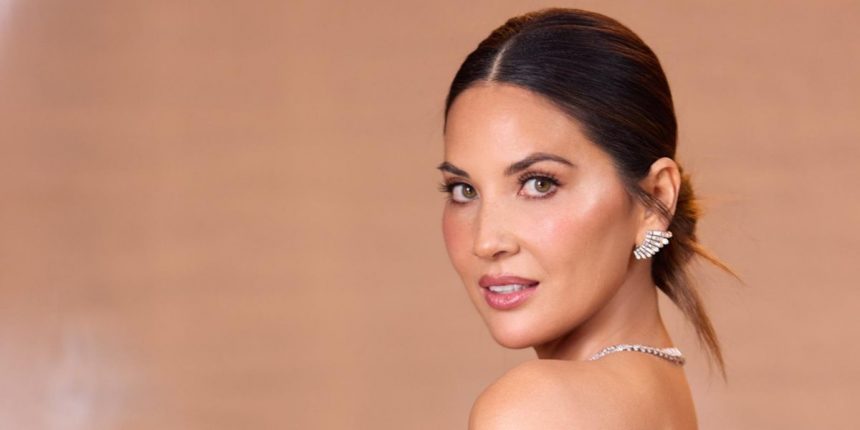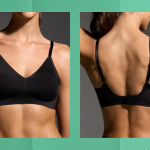
Actress Olivia Munn, 43, bravely shared her breast cancer diagnosis on Instagram, shedding light on an essential yet lesser-known test that helped save her life. Despite clear mammogram and genetic testing results, Olivia’s doctor utilized the Breast Cancer Risk Assessment Tool (BCRAT) which revealed her elevated risk at 37%. This led to the early detection of cancer through an MRI, ultimately saving her life.
Munn underwent multiple surgeries, including a double mastectomy and reconstructive procedures, highlighting the importance of early detection. Her story emphasizes the critical role of the BCRAT in identifying high-risk individuals before the disease progresses.
Gynecologist Mary Jane Minkin, M.D., stresses the significance of regular mammograms for women over 40 but emphasizes that additional tools like the BCRAT are vital due to mammograms’ limitations in detecting all cancers. Early detection significantly improves survival rates, making tools like the BCRAT essential in breast cancer prevention.
Understanding the Breast Cancer Risk Assessment Tool
The BCRAT evaluates a woman’s characteristics to estimate breast cancer risk over specific periods, ensuring high-risk individuals receive necessary screenings consistently.
The tool factors in various elements like age, reproductive history, family cancer occurrences, and previous biopsies to determine risk percentages. By providing personalized risk assessments, the BCRAT aids in early detection and preventive measures.
Challenges of the BCRAT
While the BCRAT is beneficial, it has limitations, including the inability to accurately predict risks for specific genetic mutations or previous cancer history. It provides group risk estimates but may not apply equally to all ethnicities or backgrounds.
It’s essential to interpret BCRAT results accurately and discuss them with healthcare providers for personalized preventive strategies and early intervention.
Empowering Women with Options
Understanding BCRAT results and exploring preventive measures can empower women to take charge of their breast health. Lifestyle changes, regular screenings, and personalized interventions can significantly reduce the risk of breast cancer.
No matter the risk level, maintaining breast health awareness and seeking medical attention for any changes are crucial steps in early detection and effective management.
This educational resource was created with support from Daiichi Sankyo and Merck.
From Your Site Articles
Related Articles Around the Web






